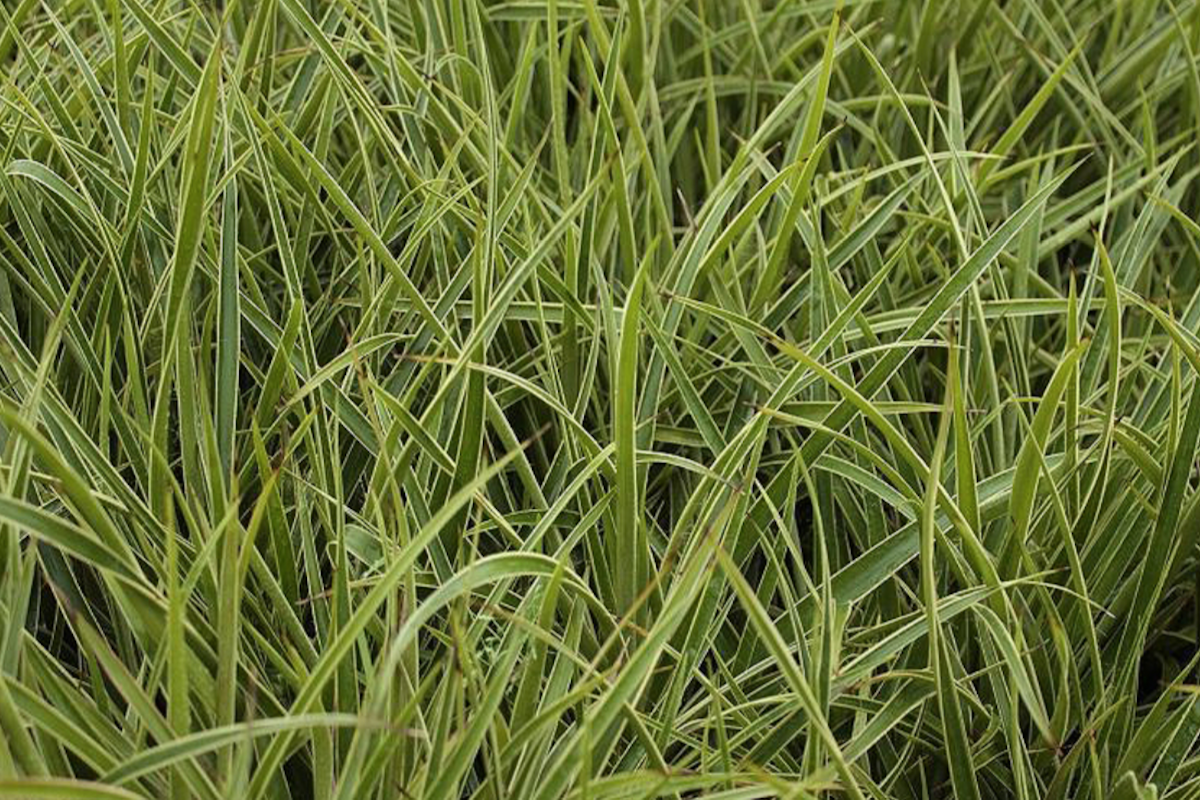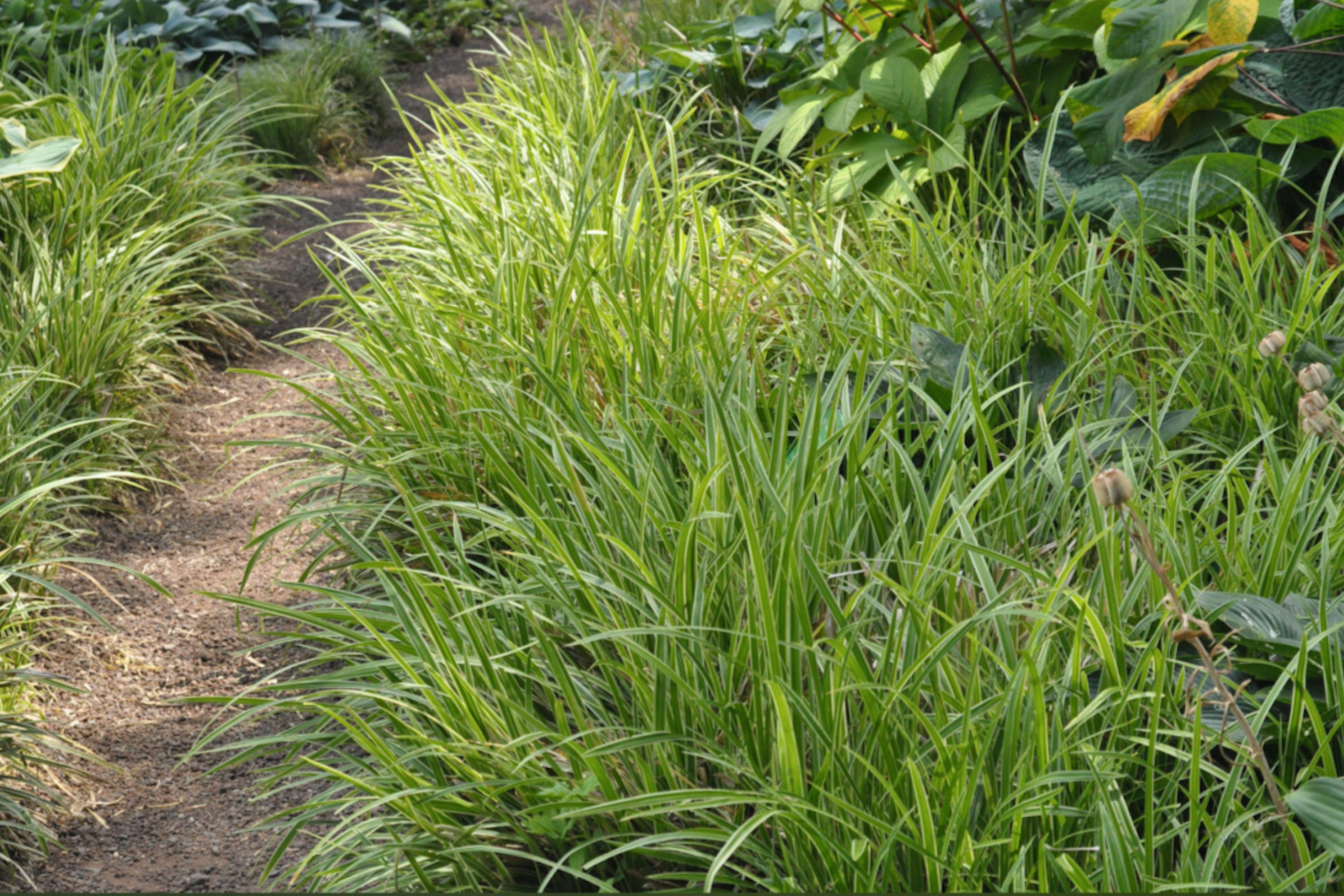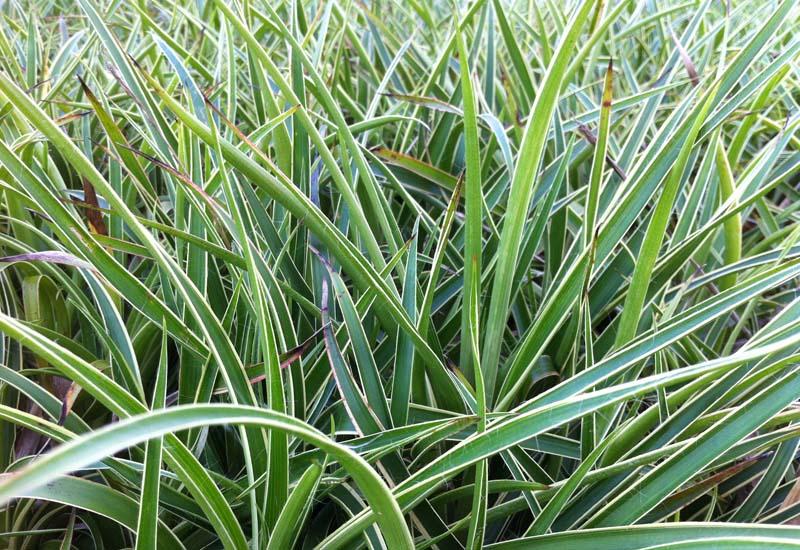Luzula sylvatica 'Marginata' (v)
Approx. 0.5 litre pot
About this cultivar:
Luzula sylvatica 'Marginata' (v) is an evergreen perennial native forming a tuft of glossy leaves narrowly margined with silver-white-cream, with open airy panicles of beautiful brown flowers in early summer. Great for difficult spots, especially shade and damp, but also dry shade. Often grown in drifts, I think it has a nice habot so is good enough to grow on its own.
Has the Royal Horticultural Society Award of Garden Merit (RHS AGM).The species name sylvatica comes from silva, Latin for forest, referring to its native habitat.
- Position: Full sun, partial shade, full shade
- Soil: Almost any soil, grows well in Ballyrobert
- Flowers: June, July
- Other features: Royal Horticultural Society Award of Garden Merit (RHS AGM)
- Hardiness: H7 - Hardy in the severest European continental climates (< -20°C), Fully hardy, grows well in Ballyrobert
- Habit: Clump forming, bushy
- Foliage: Evergreen
- Height: 30 - 60 cm (1 - 2 ft)
- Spread: 30 - 60 cm (1 - 2 ft)
- Time to full growth: 2 to 5 years
- Plant type: Herbaceous Perennial, Grass like
- Colour: Green
- Goes well with: Campanula, Geranium, Astrantia
About this genus:
Luzula (luz-oh-la) is a genus of flowering plants the rushes family (Juncaceae). The genus has a cosmopolitan distribution, with species occurring throughout the world, especially in temperate regions, the Arctic, and higher elevation areas in the tropics. Plants of the genus are known commonly as wood-rush. Possible origins of the genus name include the Italian lucciola (to shine, sparkle) or the Latin luzulae or luxulae, from lux (light), inspired by the way the plants sparkle when wet with dew. Another etymology sometimes given is that it does derive from lucciola but that this meant a midsummerfield, or from the Latin luculus, meaning a small place; the same source also states that this name was applied by Luigi Anguillara (an Italian botanist) in 1561.
These rushes are usually perennial plants with rhizomes and sometimes stolons. They generally form clumps of cylindrical stems and narrow leaves with hair-lined edges. As the common name would suggest they tend to like woodland habits, but will grow fine almost anywhere that has enough moisture.
Often used as groundcover we also use them at the boundary of our garden to help the borders blend into the surrounding country side. I've seen them grown along driveways and pathways looking great. A lovely plant that always provides interest and structure to the garden.






